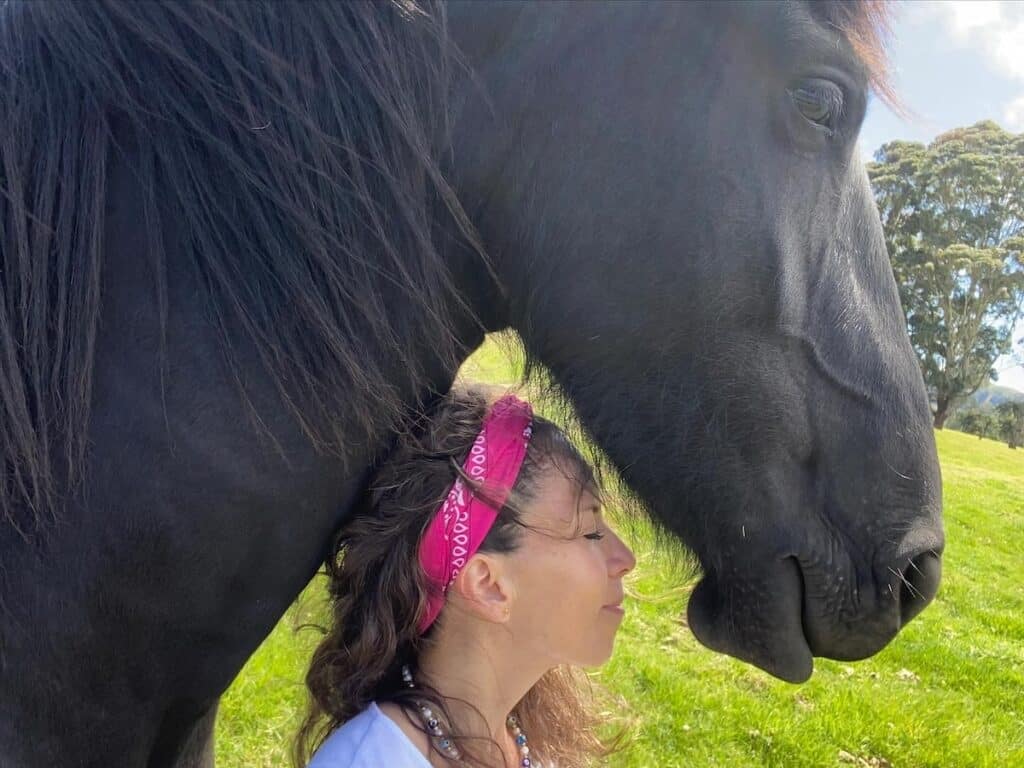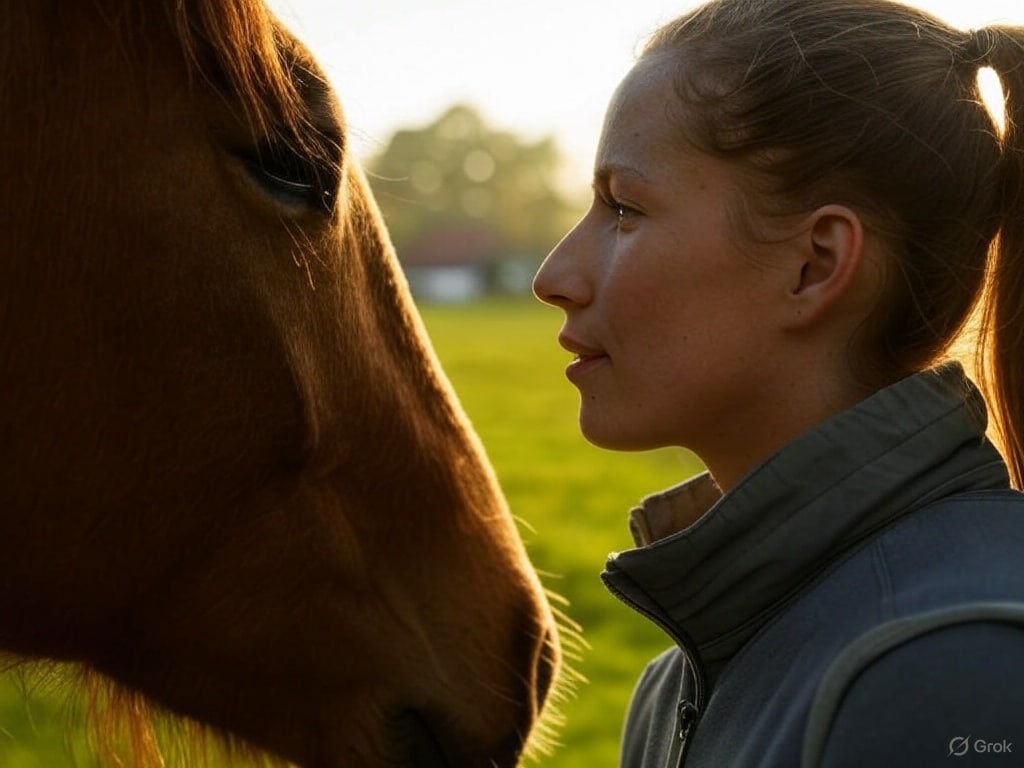Bridging the Gap Between Horse and Human
Equine therapy has long been celebrated for its ability to heal both physically and emotionally, using the natural bond between humans and horses to foster recovery. However, a new wave of practitioners is taking this connection deeper—horse communicators. These individuals, like Caro Melo in the USA, claim to tap into the thoughts, feelings, and needs of horses, offering a unique perspective that’s reshaping how therapy is approached. By acting as interpreters, they’re enhancing the traditional model, making sessions more tailored and intuitive.
A Voice for the Silent Partner
In equine therapy, horses are often seen as silent partners, their movements and behaviors interpreted by therapists and riders. Horse communicators challenge this by giving horses a “voice.” Caro Melo, for instance, works with therapy horses to uncover their emotional states or physical discomforts—insights that might otherwise go unnoticed. This allows therapists to adjust their methods, ensuring the horse’s well-being is prioritized alongside the client’s, creating a more balanced and effective partnership.
Enhancing Therapeutic Outcomes
The inclusion of horse communicators like Caro Melo is showing tangible benefits in therapeutic settings. For clients with anxiety, autism, or PTSD, understanding a horse’s perspective can deepen trust and connection. Melo might reveal that a horse feels overwhelmed by a client’s energy, prompting the therapist to modify the session—perhaps slowing the pace or shifting focus to groundwork. This fine-tuning can lead to breakthroughs that standard approaches might miss, amplifying the healing power of equine therapy.
Shifting the Focus to Horse Welfare
Traditionally, equine therapy has centered on human outcomes, with less emphasis on the horse’s experience. Communicators are changing that narrative. Caro Melo emphasizes that a horse’s willingness and comfort are critical to successful therapy. By identifying signs of stress or reluctance—sometimes before they’re physically obvious—she helps ensure horses aren’t overworked or misunderstood, fostering a more ethical practice that benefits both horse and human long-term.
Blending Intuition with Science
Skeptics often question the validity of horse communication, viewing it as more art than science. Yet, practitioners like Melo blend their intuitive insights with observable results, often corroborated by veterinarians or behaviorists. For example, a horse communicator might sense a subtle pain that’s later confirmed through medical exams, as seen in cases where Caro Melo has worked. This synergy is pushing equine therapy toward a holistic model, where intuition complements empirical knowledge.

The Future of Equine Therapy
As horse communicators gain traction, they’re paving the way for a more empathetic and responsive form of equine therapy. Caro Melo’s work in the USA highlights a growing trend: integrating these skills into mainstream programs. Whether it’s training therapists to listen more intuitively or collaborating directly with communicators, the field is evolving. The result? A richer, more reciprocal relationship between horses and humans, promising a future where therapy heals both sides of the partnership.
